Eating and Exercising
In October of 2023, we returned to Amsterdam — a place we visited on our honeymoon ten years earlier. Guided by Lauryn’s “spidey-senses”, we moseyed our way back to this Spanish delicatessen to enjoy lunch. We know first hand the powerful forces that nostalgia, routine, and preference have over our epicurean lives. So, we choose foods that nourish good memories, provide us with energy, and promote a lifetime of enjoying movement.
While some human traits are rooted in our genes — hardwired like the components of a technological device, other habitual traits, such as exercising and eating, have flexible programming parameters that are capable of modifications like software updates to your favourite — or, least favourite digital device.
In some ways, changing the device, your body, is impossible. In others, a very costly pursuit. However, modifying the program, or the application of the mind on the body, is more likely to produce less invasive, more desirable, and sustainable outcomes.
What are your reasons to resist, or attend to change in your eating or workout routines? Inflammation or pain, lethargy and fatigue, for weight loss — or, for weight gain in the form of lean muscle mass? The list is personal, and like scrolling on your device, it seemingly goes on, and on. When thinking about your own eating and exercising habits know this: humans eat for physical and emotional survival, and that your body is designed with muscles to facilitate movement in every imaginable way.
Proteins, fats and carbohydrates, they are all present in this photo. Do you know what nutrient type is which?
Food rewards the body with nutrients and provides building blocks for cellular survival, regeneration and repair. Food also contains calories, in the form of carbohydrates, fats and proteins, for the body to utilize at rest, and during physical activity. There many calories in some foods and moderate amounts in others, and regardless of dieting advice and trends: calories are vital for survival too.
A few months ago, Waterloo Wellington Eating Disorders Collation ran a campaign Downtown Guelph with signs in the store fronts around town. At 20 Douglas Street, we had a double sided sign that on one side read: “Exercise because you love your body, not because you hate it”. Then, on the other, “An estimated 45 million people go on a diet each year. 95% of diets do not work. This is why people keep dieting.” If restricting calories isn’t the answer to our wellness, how does balancing food and fitness create a rewarding and sustainable outcome?
Enter exercise, the building blocks for the body to utilize calories. In computerized terms — the software inputs to the body that instruct the hardware, bones, joints and muscles what to do. Human machines that are programmed to rest, are more likely to rest, and those that are provided with the codes and processors for movement are difficult to slow down. It is a Barres and Bells belief that both the hardware, and software components of your fitness and food routines can be modified in small ways to stimulate positive change and refined over the lifetime. But first, increase your awareness.
Here or there — in past conversations over coffee, or kettlebells, have you ever heard Lauryn say, “Eat to lose weight — exercise to feel good.”
This week, don’t focus on eating less. Or, this food and not that food. Instead, choose food that fills the body with important nutrients, and meals that are vegetable and protein forward — but those who know Lauryn’s sour dough bread, yes — we eat plenty of carbohydrates too. For a tasty treat, choose a favourite home made or high quality baked good. It isn’t designed to be a pretentious thing. Instead, an extension of an intentional eating and exercising practice.
Pick your foods and exercises to compliment the greatest reward of all: a nourished mind and body capable of moving in any way that you choose.
Take care,
Ian and Lauryn



